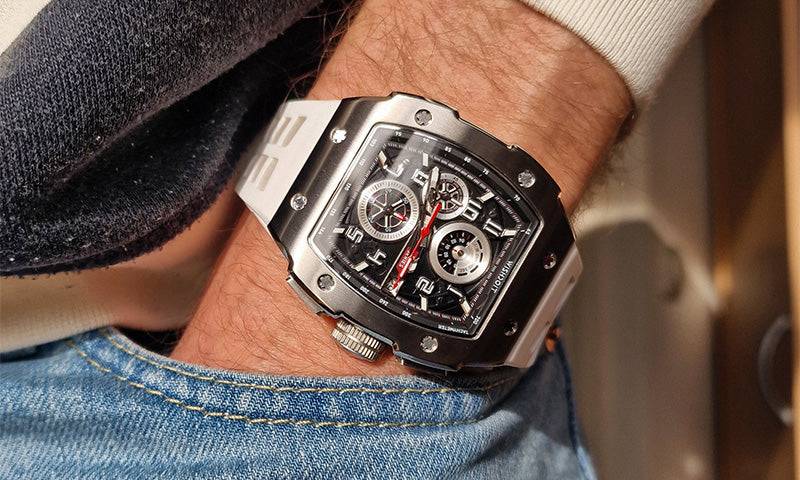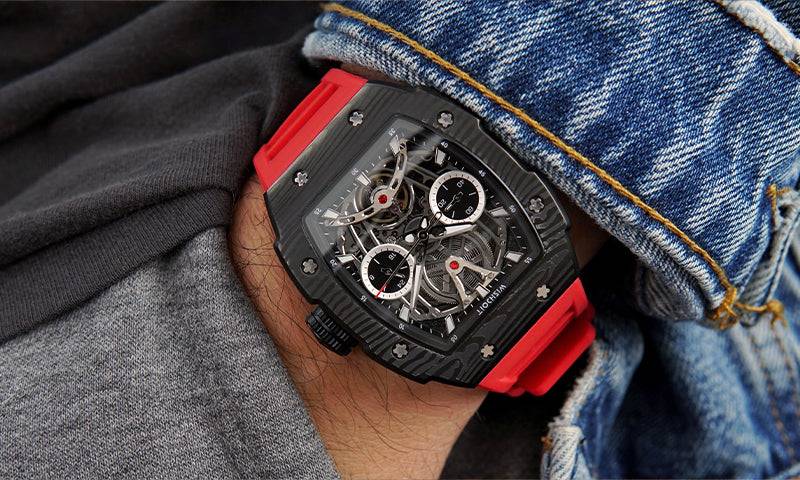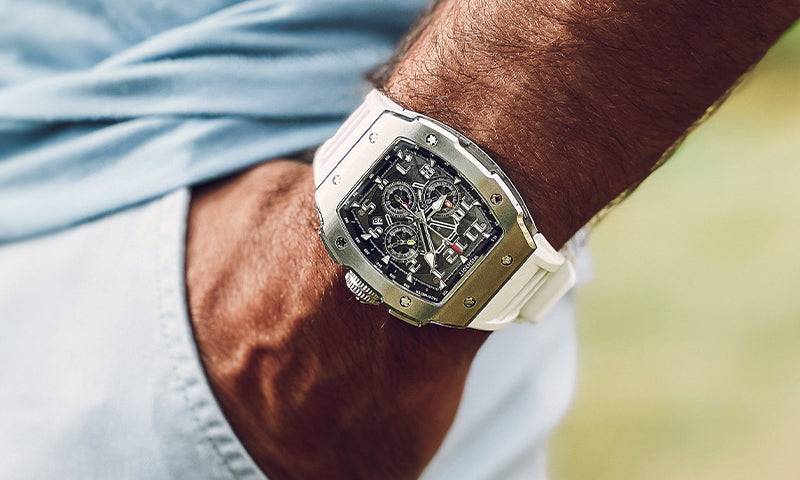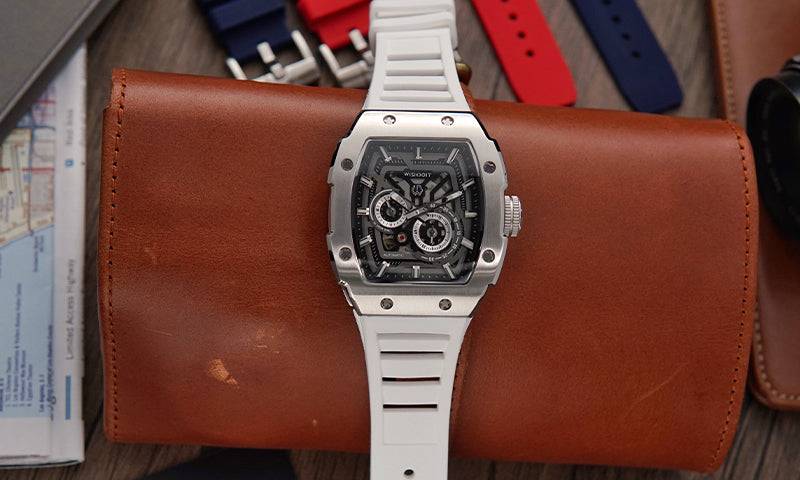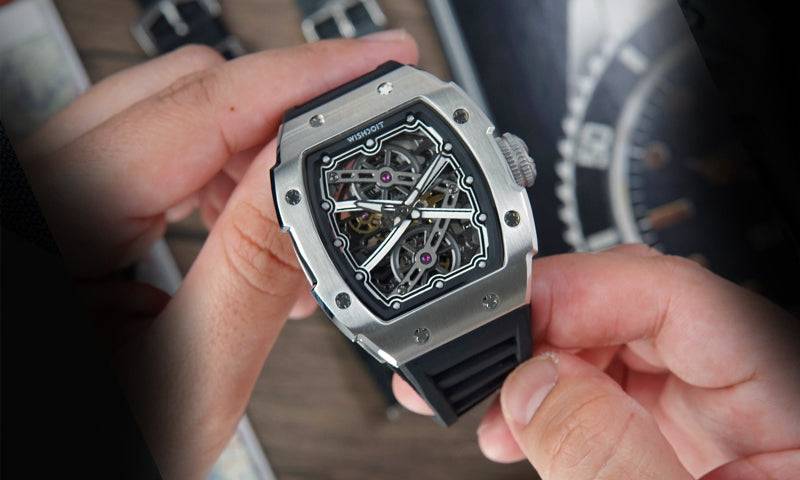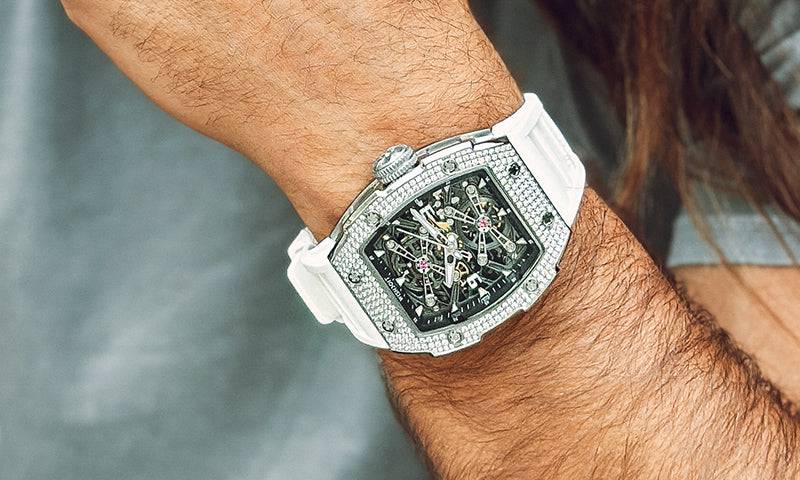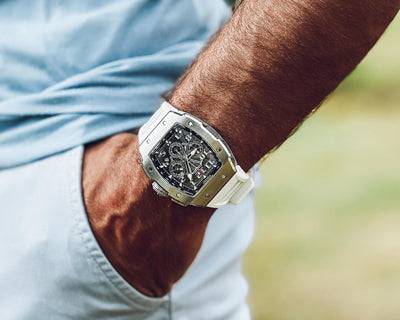Since time immemorial, humans have discovered that certain natural phenomena occur regularly at regular intervals. For example, night changes to day as the sun moves across the sky, giving people the first awareness of the passage of time. When coherent daily life scenarios such as hunting, harvesting, eating, sleeping, and socializing naturally follow the laws of the sun, the human desire to measure time also arises.
The ancient Egyptians and Babylonians invented the sundial, which divided the day into 12 equal parts, and moved the projection of an upright object (the sundial needle) on the dial to indicate the time. Then they divided the night into 12 equal parts and the day into 24 hours. However, the length of each hour of the year varies: an hour in the summer day is longer than in the winter, and an hour in the winter night lasts longer than the summer night.

Although the Greek astronomer Hipparchus used the equinoxes as a reference to equalize the length of hours throughout the year, fixed hours did not become standard until the advent of mechanical clocks in the fourteenth century.
For thousands of years, various instruments that reproduce astronomical cycles have been developed, allowing scientists to gain insight into various astronomical phenomena. Introduced in Greek times, the astrolabe was used more widely from the eighth century onwards, depicting the universe on the plane of a hand-held model. Astrological charts allowed early astronomers to calculate the relationships between various cosmic objects and were used in astronomy, astrology, navigation, and religion.
The Renaissance inspired a new understanding of the universe. Although Aristarchus of Samos in ancient Greece put forward the hypothesis of "heliocentric" (the sun is at the center), "geocentric" (the sun and other planets revolving around a stationary Earth) prevailed until 1543, until Copernicus published Model of his solar system. He designed three-dimensional mechanical moving devices called "tellurions" also known as "telluriums" to demonstrate the relative positions and displacements of the Earth, Moon and Sun.
Astronomers are usually deeply interested in the watchmaking industry. Galileo first noticed the timing characteristics of the pendulum, which is the prototype of the "balance wheel". Mechanical clocks appeared in Europe in the fourteenth century, although precise timekeeping was still difficult to achieve. The invention of the pendulum clock in 1656 by Dutch astronomer and physicist Christiaan Huygens marked a major breakthrough in precise timekeeping. Since then, astronomy and horology have developed simultaneously, interdependent and complementary.

Driven by a spirit of innovation, Antoine LeCoultre founded his own watchmaking workshop in 1833, setting the standard for a fully integrated watch factory. The inventors of the big workshop watchmakers have mastered a variety of astronomical complications, from simple moon phase displays to sophisticated perpetual calendars and star charts, bringing together various astronomical phenomena in wrist timepieces Among them, it is even subtly integrated with other functions to design superb complications. These extraordinary movements are purchased by many other well-known brands and carried in their respective masterpieces, and Jaeger-LeCoultre is also called "the leader of fine watchmaking".
You’ll also like:
Why we're adding some gems or Jewels to the inside of a tonneau watch




